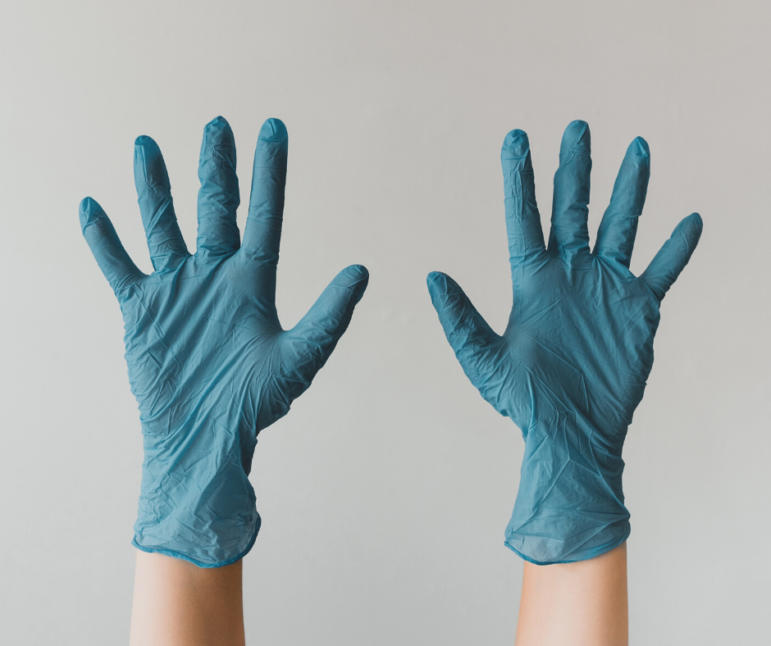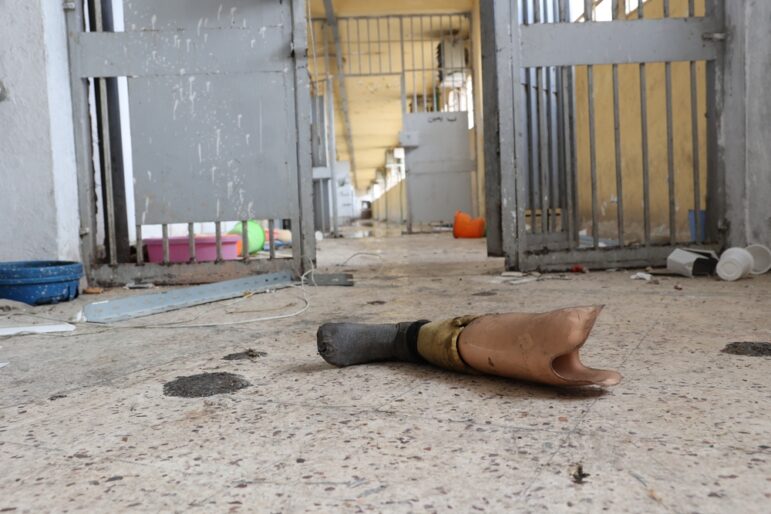

Medical, Digital, and Legal Safety Tips for Journalists Covering the Pandemic
Reporters covering the coronavirus pandemic face various threats, including intimidation, censorship, detention, infection, and unwitting transmission to family or sources.
As both the disease and press repression replicate around the world, health and press freedom experts are advising investigative journalists to double-down on safety precautions, and monitor changing government responses to reporting on the pandemic on a daily basis.
In the April 23 webinar for GIJN’s Investigating the Pandemic series, Dr. Richard Dawood, medical director at the UK’s Fleet Street Clinic, and Courtney Radsch, advocacy director at the Committee to Protect Journalists, detailed steps that reporters can adopt to mitigate the extraordinary risks they face during the crisis.
On medical risks, the core message from Dawood was that COVID-19 appears to be even more stubborn than earlier described — and that reporters, therefore, need to be even more cautious and plan ahead on what precautions to take.
“With this pandemic, much has been said about transmission from droplets – large droplets that you can cough or sneeze out – but what we are increasingly becoming aware of is the presence and persistence of viruses suspended in air,” said Dawood. “So it may be that just standing a few feet away, and being in conversation with somebody, is sufficient to acquire the infection.”
Meanwhile, reporters from East Asia to the Americas are facing intimidation and even detention for reporting on the pandemic.
“We have to realize that we are talking about journalists in very different positions. Freelance journalists are facing different types of [risks]; journalists from Asian or Muslim backgrounds are facing different types of challenges and harassment,” Radsch said.
She warned of various efforts around the world to repress journalism, in particular jailing journalists who are reporting on coronavirus and the criminalization of information deemed to be false. Reporters in Ethiopia, Madagascar, Thailand, Algeria, Iran, and the Philippines have already been threatened, and sometimes jailed, because of these changes, according to CPJ.
“The fact that this is an evolving virus that we don’t know a lot about puts journalists in a very challenging position,” Radsch said.
Tips on Medical Safety
- Avoid non-essential in-person interviews in high risk areas. Plan your reporting to avoid or minimize high-risk field interactions, depending on the story, and use outdoor interviews wherever possible.
- Don’t lower your guard in regions or countries with supposedly low infection rates. These numbers may be linked to low disease surveillance or deliberate under-reporting.
- Wash your hands regularly and use diluted bleach, alcohol, or soapy water to clean equipment. While the virus does survive in the air and on surfaces for a period of time, it is disrupted by almost any ordinary detergent.
- In addition to masks, gloves, and other personal protective equipment (PPE), consider wearing eye protection, like goggles, and changing your clothes in hospital-type settings.
- Remember where your hands have been before touching your face. Always assume that surfaces like your mask are already contaminated.
- Use boom and directionional mics rather than lapel mics, and minimize the amount and the complexity of the equipment you take into the field. If a Go Pro works, use one.
- Ensure your devices are fully charged to avoid contamination at charging points in the field.
- If you’re not feeling well, stay home, and don’t risk infecting others. The onset of symptoms is slow. If you think there’s a possibility you could be infected, play it safe.
Staying Safe during Government Repression
- Be aware of rapidly-changing legislation in your state or country, especially on the criminalization of information deemed to be false.
- Be prepared for government misuse of COVID-19 fears to repress journalism – including claims that newsprint carries the virus; that certain reporters are infected; and that information that contradicts official statistics must be false.
- All reporters, and freelancers in particular, should think about any credentials or documentation they may need for reporting under quarantine restrictions. In countries ranging from Italy to South Africa, reporters have been asked for press cards, permits, and even letters from assignment editors to do their work.
- Being classified as an essential worker does not make reporters exempt from harassment by authorities. Journalists should be prepared for police and other authorities to be unaware of their freedom to report in the field.
- Journalists working primarily from home need to be especially vigilant about their digital security and focus on secure communications with sources. Be cautious about clicking on unfamiliar emails and links; CPJ has recorded phishing attempts, and the installation of malware on data mapping sites during the pandemic.
- Use emergency resources available to reporters covering the pandemic, including those detailed in multiple languages on the websites of CPJ and GIJN.
GIJN’s next free webinar, Using Open Source Information to Report from Home, in our Investigating the Pandemic series, will be held on April 30, 2020, 8:00 AM EDT.
 Rowan Philp is an award-winning journalist who has worked in more than two dozen countries. Currently based in Boston, Philp was the chief reporter and London bureau chief for South Africa’s Sunday Times for 15 years.
Rowan Philp is an award-winning journalist who has worked in more than two dozen countries. Currently based in Boston, Philp was the chief reporter and London bureau chief for South Africa’s Sunday Times for 15 years.









